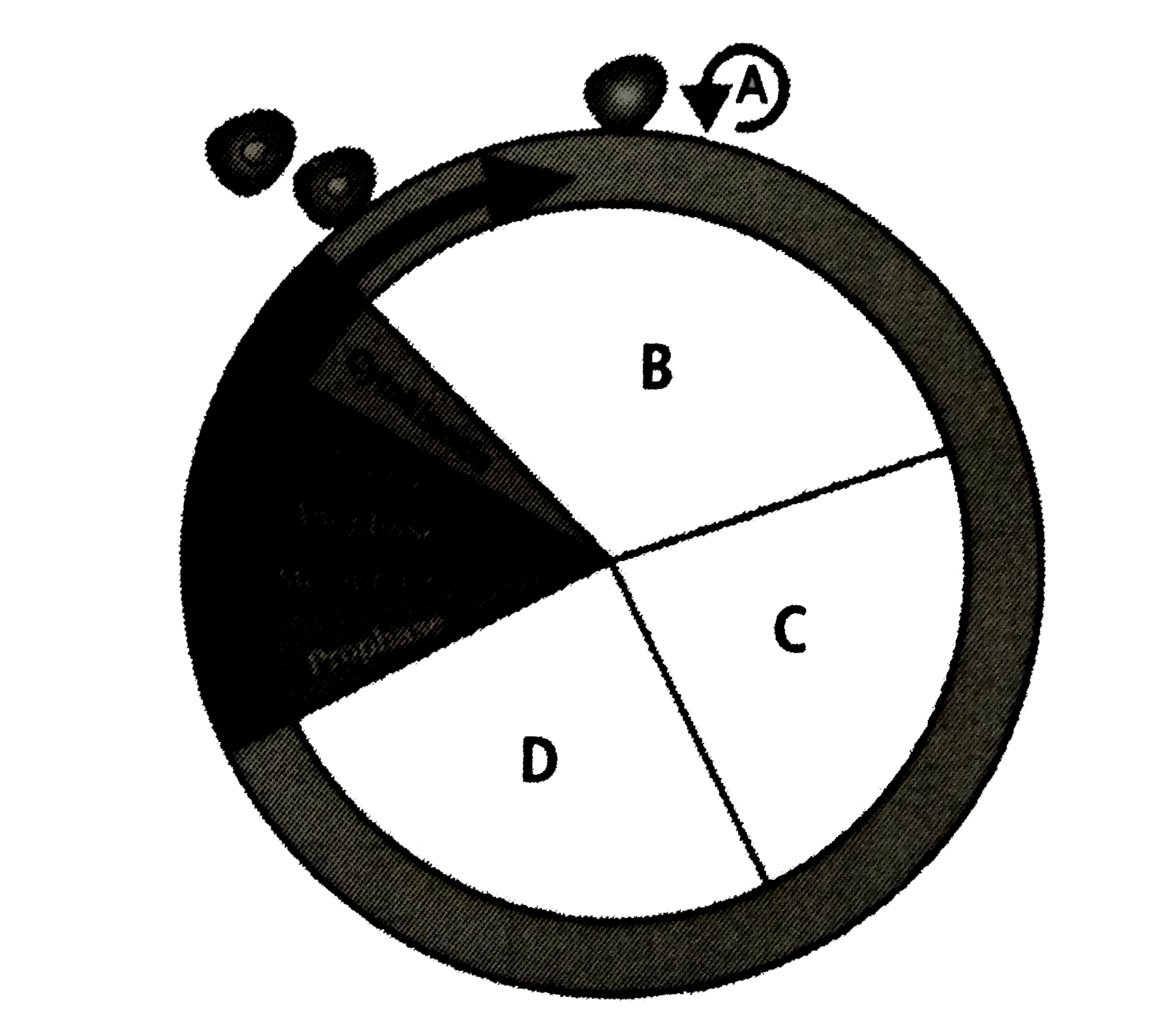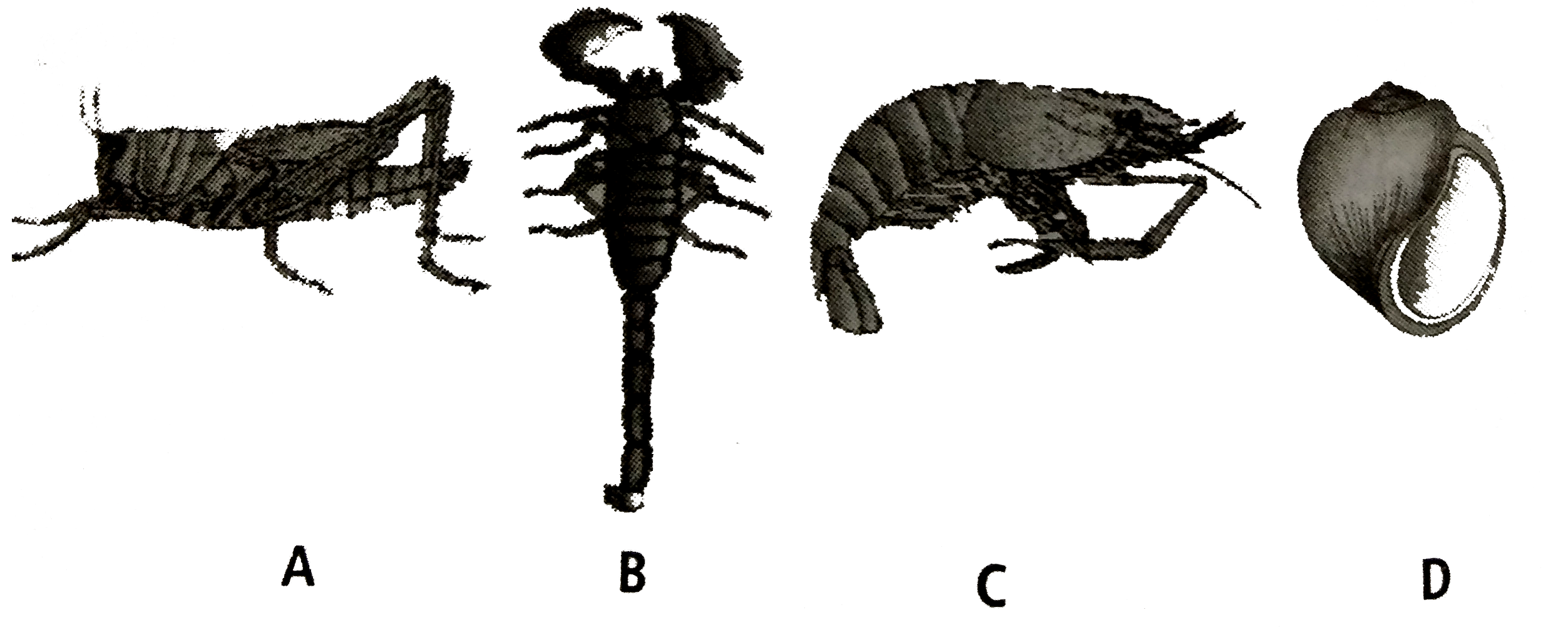The steps involved in the mechanism of vision are given below. Arrange them in proper sequence and select the correct option.
A. Dissociation of retinal from opsin and generation of potential difference in photoreceptor cells.
B. Focusing of the light rays in visible wavelength on the corner through the lens.
C. Generation of the action potential in ganglion cells through bipolar cells.
D. Analysis of neural impulse and formation of aa image on the retina.
E. Transmission of the action potential by the optic nerve to the visual cortex.
A,C,E,D,B,
B,A,C,D,E,
B,A,C,E,D,
C,B,A,D,E
The correct Answer is:C
To solve the question regarding the steps involved in the mechanism of vision, we need to arrange the given steps in the correct sequence. Let's analyze each step and determine the proper order.
Steps Involved in the Mechanism of Vision:
1. Focusing of the light rays in visible wavelength on the cornea through the lens (B): The first step in vision is the focusing of light. Light enters the eye and is focused by the cornea and lens onto the retina.
2. Dissociation of retinal from opsin and generation of potential difference in photoreceptor cells (A): Once the light is focused on the retina, it triggers a biochemical reaction in the photoreceptor cells (rods and cones). This involves the dissociation of retinal from opsin, leading to a change in the potential difference across the photoreceptor cell membrane.
3. Generation of the action potential in ganglion cells through bipolar cells (C): The change in potential in the photoreceptor cells is transmitted to bipolar cells, which in turn generate action potentials in the ganglion cells.
4. Transmission of the action potential by the optic nerve to the visual cortex (E): The action potentials generated in the ganglion cells are transmitted via the optic nerve to the brain.
5. Analysis of neural impulse and formation of an image on the retina (D): Finally, the visual cortex analyzes the neural impulses received from the optic nerve and forms an image.
Correct Sequence:
- B: Focusing of light rays
- A: Dissociation of retinal from opsin
- C: Generation of action potential in ganglion cells
- E: Transmission of action potential by optic nerve
- D: Analysis of neural impulse and formation of an image
Final Arrangement:
The correct order is: B, A, C, E, D.
- B: Focusing of light rays
- A: Dissociation of retinal from opsin
- C: Generation of action potential in ganglion cells
- E: Transmission of action potential by optic nerve
- D: Analysis of neural impulse and formation of an image
The correct order is: B, A, C, E, D.
Similar Questions
Knowledge Check
Refer to the given sequence of steps and select the correct option.
 A(i)(ii)(iii)ReplicationTranscriptionTranslationB(i)(ii)(iii)ReplicationProcessingTranslationC(i)(ii)(iii)TranscriptionSplicingTranslationD(i)(ii)(iii)TranscriptionReplicationTranslation
A(i)(ii)(iii)ReplicationTranscriptionTranslationB(i)(ii)(iii)ReplicationProcessingTranslationC(i)(ii)(iii)TranscriptionSplicingTranslationD(i)(ii)(iii)TranscriptionReplicationTranslation
Cells involved in immune mechanism are:
View SolutionName the photoreceptor cells of eye.
View SolutionAt the stage of generation of action potential, the axolemma is :
View SolutionGiven below are steps involved in the mechanism of action of hormones. Arrange them in proper sequence and select the correct option.
I. Formation of the hormone - receptor complex .
II. Biochemical changes in the target cell.
III. Binding of the hormone with the receptor.
IV. Physiological responses in the target cell.
View SolutionWhich of the following generates the action potential in the heart ?
View SolutionIdentify A,B,C and D in the given diagram depicting cell cycle and select the correct option.

View SolutionIdentify the figures A, B ,C and D given below and select the correct option.

View Solution
